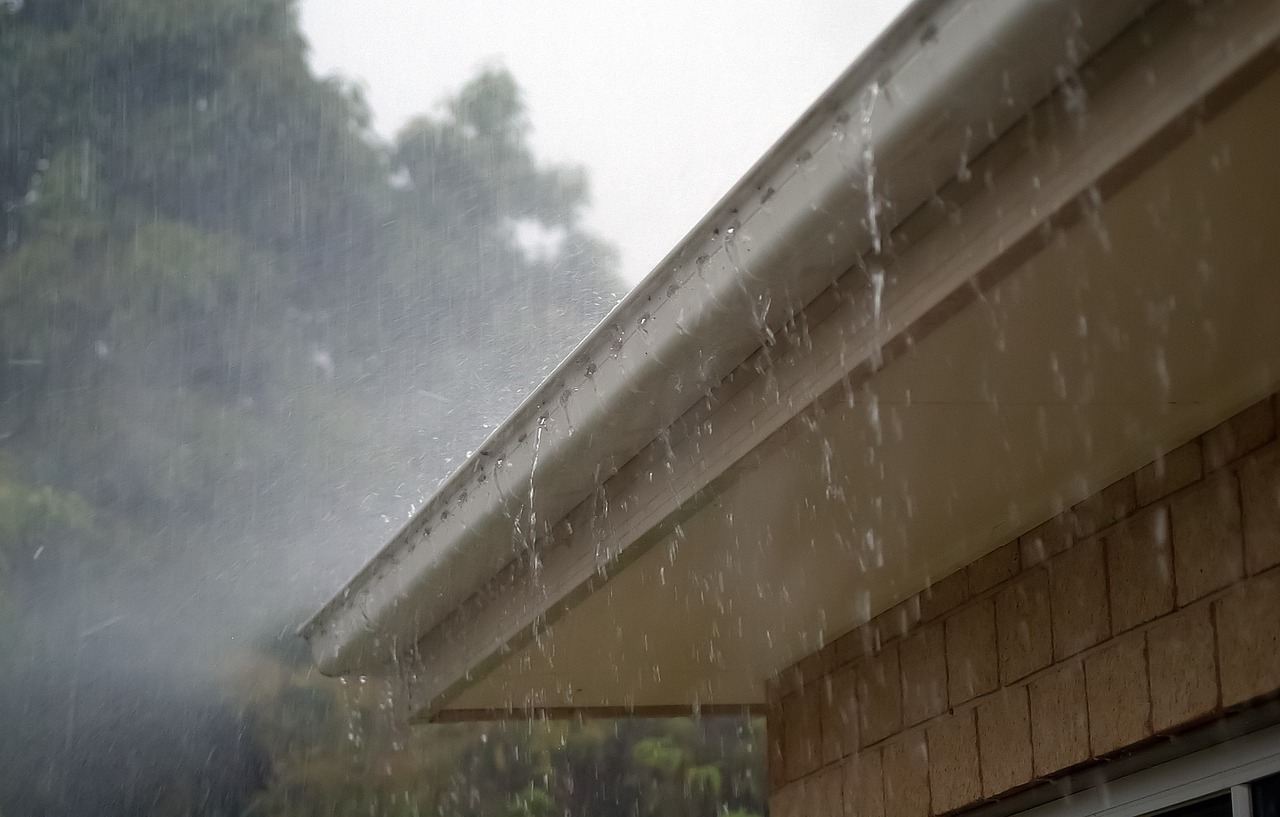Your roof serves as the first line of defense against the elements, protecting your home and everything inside it. One vital component of a watertight roof is often overlooked: roof flashing.
In this blog post, we will delve into the critical role of roof flashing in preventing water intrusion and structural damage. We will highlight how it safeguards vulnerable areas such as valleys, chimneys, skylights, and vent pipes. Understanding the significance of roof flashing will help you appreciate its role in maintaining a secure and well-protected home.
Preventing Water Intrusion:
Water intrusion can wreak havoc on your home, leading to mold growth, wood rot, and costly repairs. Roof flashing acts as a barrier against water, preventing it from seeping into the vulnerable areas of your roof. Whether it’s rain, snow, or ice, proper flashing ensures that water is directed away from these vulnerable points.
Protecting Valleys:
Valleys, where two roof planes meet, are particularly susceptible to water infiltration. Without flashing, water can accumulate in the valley, seep through the roofing materials, and eventually find its way into your home. Flashing installed along the valley redirects water, channeling it safely away from your roof’s vulnerable areas.
Securing Chimneys:
Chimneys represent another potential entry point for water. Flashing is applied at the base of the chimney, creating a waterproof barrier between the chimney and the surrounding roof. It prevents water from seeping into the gap between the chimney and the roof, protecting against leaks and structural damage.
Safeguarding Skylights:
Skylights add natural light and aesthetic appeal to your home. However, without proper flashing, they can become weak spots in your roof’s defense system. Flashing installed around skylights creates a watertight seal, preventing water from infiltrating around the edges and ensuring your skylights remain leak-free.
Preserving Vent Pipes:
Vent pipes, such as those for plumbing or ventilation systems, penetrate your roof and create potential areas for water to enter. Flashing is essential for these penetrations, as it seals the area around the vent pipe, preventing leaks and protecting the integrity of your roof.
Long-Term Structural Protection:
In addition to preventing water intrusion, roof flashing also plays a crucial role in safeguarding the structural integrity of your home. By directing water away from vulnerable areas, it helps prevent rot, decay, and damage to the underlying structure. This is especially important in regions with heavy rainfall or snowfall.
Conclusion:
Roof flashing is an unsung hero in maintaining a watertight roof and protecting your home from water intrusion and structural damage. Its role in safeguarding vulnerable areas such as valleys, chimneys, skylights, and vent pipes cannot be overstated. By understanding the importance of roof flashing and ensuring its proper installation and maintenance, you can rest easy knowing that your home is well-protected against the elements.

